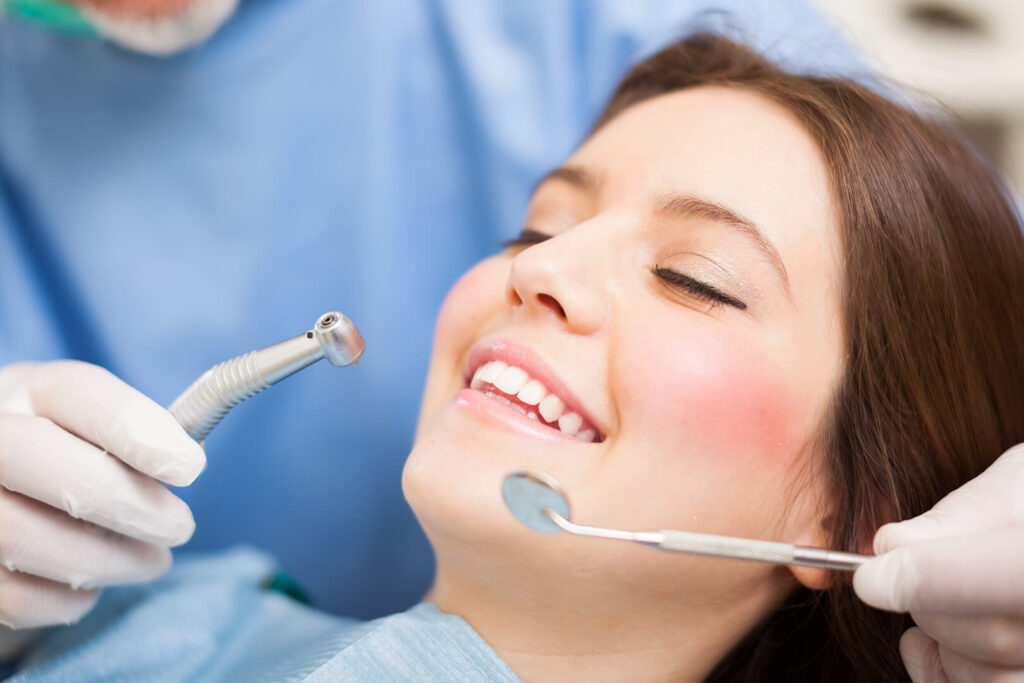- (718) 268 8228
- (718) 268 1281
- madisondentalny@gmail.com
- 112-03 Queens Boulevard, Suite 211, Forest Hills, NY 11375
Dentist for Bite Alignment
Bite Alignment Treatment: Achieve a Healthy, Balanced Smile
Say goodbye to jaw pain, chewing discomfort, or even unexplained headaches. A properly aligned bite is more than cosmetic—it’s essential for your overall oral health. If you’re in Forest Hills, Queens NY, our dental team is here to help restore balance and comfort to your smile.
What is Bite Alignment?
Bite alignment refers to how your upper and lower teeth come together when you close your mouth. Ideally, your bite should be balanced—meaning all your teeth make contact evenly. When they don’t, it results in what dentists call a malocclusion. This can lead to several issues, from uneven wear on your teeth to jaw tension or even problems with speech and digestion.

Common Causes
Several factors can lead to bite misalignment:
- Genetics: Some people inherit jaw size or shape that leads to malocclusion.
- Childhood habits: Prolonged thumb sucking or pacifier use can affect bite development.
- Missing teeth: Gaps can cause surrounding teeth to shift out of place.
- Injury: Trauma to the jaw or face can disrupt bite alignment.
- Poor dental work: Ill-fitting crowns or fillings may interfere with bite balance.
Symptoms to Watch For
If your bite is misaligned, you might notice some of the following signs:
- Frequent headaches or jaw pain
- Clicking or popping in the jaw joint (TMJ)
- Uneven or excessive tooth wear
- Difficulty chewing or speaking
- Mouth breathing or teeth grinding (bruxism)
- Facial asymmetry or jaw fatigue
Diagnosis and Evaluation
To evaluate your bite, your dentist will perform a clinical exam and may use diagnostic tools like:
- Digital X-rays or 3D imaging
- Bite analysis and jaw tracking
- Dental impressions or digital scans
Treatment Options
- Clear aligners: Transparent and removable, these gently shift teeth over time without the look of metal braces.
- Veneers or bonding: Ideal for mild alignment or cosmetic improvement.
- Accelerated orthodontics: Shorten treatment time with specialized tools that speed up tooth movement.
- Traditional braces: Still effective for more complex bite issues.
- Palate expanders: Used in children or teens to widen the upper jaw.
- Retainers or bite splints: Often used to maintain alignment or treat mild cases.
- Jaw surgery: If structural correction is needed.
How to Find Cavity Under Filling Treatment Near Forest Hills?
If you’re in Forest Hills, Queens and suspect something might be wrong with your filling, don’t wait.
Trustindex verifies that the original source of the review is Google. The Service is excellent. No waiting to be seen. Appointments are on target. The Staff give them all anA++. Try Madison Dental you just might like them. The best!!!Posted onTrustindex verifies that the original source of the review is Google. Not only is DDS Chao wonderful and patience but so is the entire staff. It's always a pleasant experience.Posted onTrustindex verifies that the original source of the review is Google. I love my dentist. They are caring, patient however I was disappointed in the no communication given regarding my procedure and extras. Otherwise I'm sure they deserve another chance since I've been going for so many yearsPosted onTrustindex verifies that the original source of the review is Google. Waiting area is modern and immaculate. Staff is very friendly. Most importantly Dr Chao is wonderful. He is gentle, kind, positive and very competent. He put me at ease and efficiently and effectively did the necessary exam and cleaning. I was very pleased with my first visitPosted onTrustindex verifies that the original source of the review is Google. Emergency Swollen gums visit. The infection was relieved promptly. Excellent service & friendly staff.Posted onTrustindex verifies that the original source of the review is Google. Best dentist, clean and gentle. I wouldn't trust anyone else.Posted onTrustindex verifies that the original source of the review is Google. Dr. Zheng does great quality work. Good attention to patient needs. The facilities are clean and orderly.Posted onTrustindex verifies that the original source of the review is Google. I can’t say enough about Madison Dental Art. Dr.Chao is the best dentist I have gone to by far. He’s very patient and understanding when it comes to my fear of the dentist. He’s very gentle and never rushes a procedure. He tells me what he’s doing before doing anything. The front staff is very welcoming and friendly they make you feel like they know you forever. They also send you reminders about your up coming appointments. I wouldn’t go any place else!
Frequently Asked Questions
1. ¿Can a misaligned bite really cause headaches and jaw pain?
Yes—tension in your jaw muscles from poor alignment can trigger headaches, neck pain, and jaw discomfort.
2. How can I fix my bite without getting traditional braces?
Clear aligners, veneers, and accelerated treatments are discreet alternatives to traditional metal braces.
3. Why is it important to fix my bite, even if I don’t mind how it looks?
A misaligned bite can lead to long-term dental wear, gum issues, TMJ disorders, and even breathing problems.
4. Is aligning my bite going to be painful or take a long time?
Mild discomfort is common, especially early on. Most treatments take 12–24 months depending on severity.
5. Can fixing my bite improve my speech or ability to chew?
Yes—better alignment strengthens muscles, improves articulation, and enhances chewing efficiency.